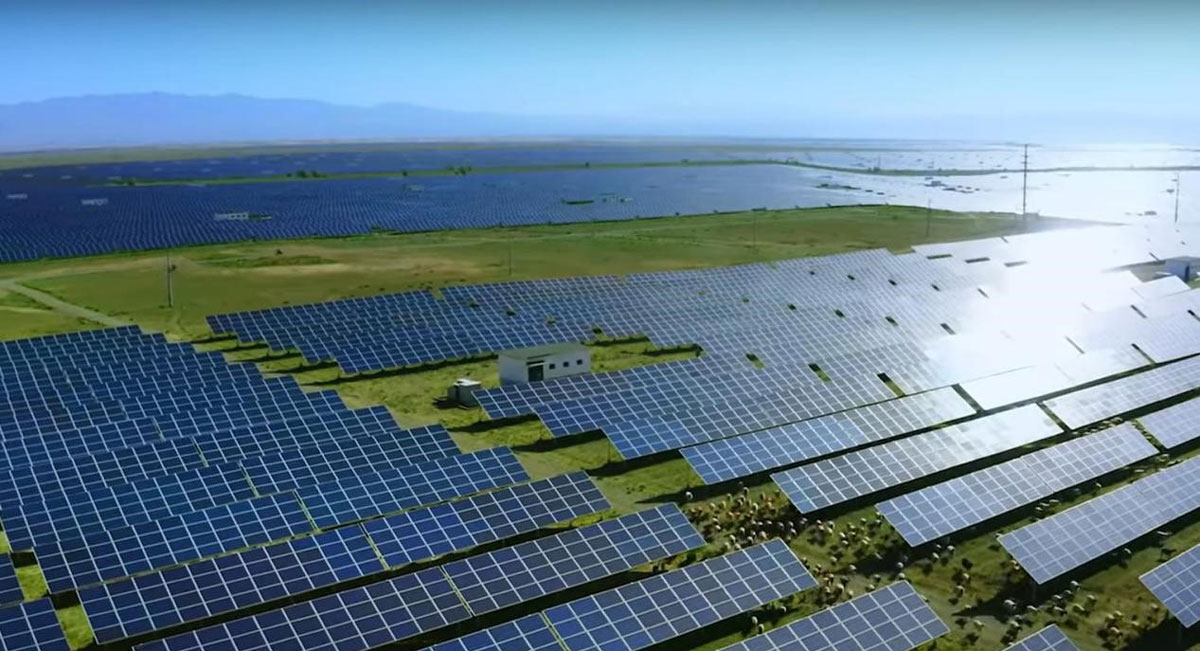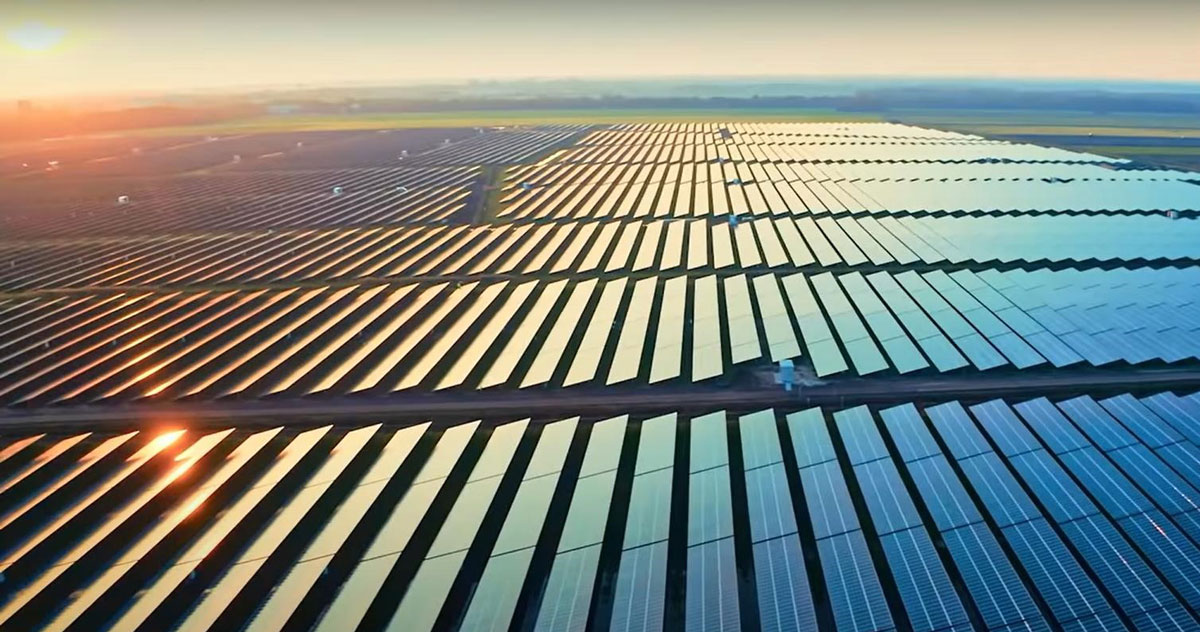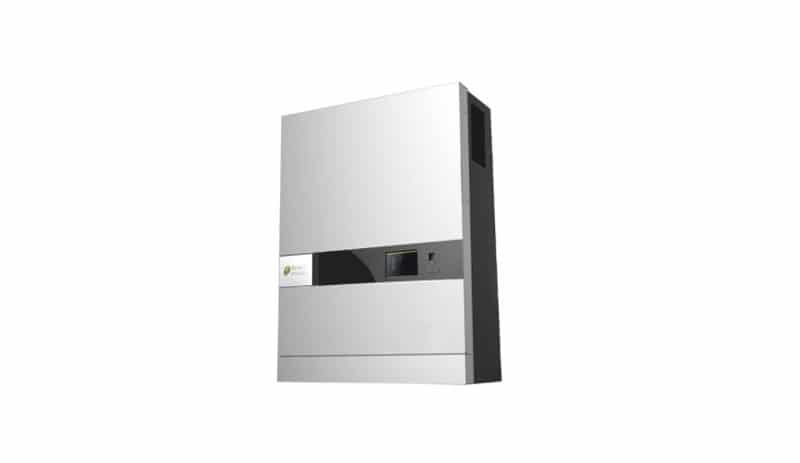Table of Contents |
People are shifting to using renewable energy sources today for reliability and environmental friendliness. Solar power is the most opted source, with many homesteads, offices, and institutions moving towards solar energy. It is the cheapest of all renewable energy sources.
What happens when your solar panel produces more power than you need? The solar power harnessed by the PV panels is in DC. With most appliances using alternating current, having a PV inverter to convert power from DC to AC is necessary. You inject it into the electrical grid for consumption elsewhere with the help of a grid-tied PV inverter.
What is a Grid-tied PV Inverter?
A grid-tied PV inverter is specific to solar PV energy. A grid-tied PV inverter is a device that converts the direct current into alternating current. The converted power can be used in the house appliances or ejected into the electrical grid. You can use a grid-tied inverter between the local power generators and the power grid.
To ensure safety and effectiveness when injecting electrical power into the grid, a grid-tied solar inverter should accurately match the phase and voltage of the sine wave alternating current waveform in the power grid. Some electricity corporations pay for the electrical power you inject into the grid, meaning you may get some cash monthly by supplying the power.
Difference Between Grid-Tie And Regular Inverter
Grid-tied Inverters
Grid-tied PV inverters connect your home and supplement the electrical grid in case of surplus power generation. The inverter delivers power to your home appliances directly from the solar panel when the solar energy is available for use. It switches back to grid power in case there is insufficient solar energy.
Grid-tied PV inverters work side by side with the mains to deliver energy to your home wherever needed. They have processing intelligence, enabling them to know when power delivery is necessary and when it is not. They also sync grid power with power delivery.
Regular Or Off-Grid Inverters
Regular inverters cannot synchronize with the grid. Instead of working with the grid power, they only connect to the appliance in your house. They function alone.
The off-grid inverter draws the power from a battery, converts it from direct current, and outputs alternating current. Regular inverters have to supply the power they convert from DC to AC instantly to the appliance. The energy must quickly react, be over, and up to the inverter’s capacity rating.
You can have a regular inverter for generating a grid and use a Grid-tied inverter to run all or most power in a hybrid system. An off-grid design is used when a solar panel is situated more than 20m from the battery. You can also use it if the power demand is immense during the day when there is a lot of sunlight. It is a way to use the most efficient solar power.
Why Grid-Tied Inverter Is Best For Solar Panels?
Inverters have several exciting features that make them the best for solar panels. Using solar energy is vital in reducing global warming and the greenhouse effect. Grid-tied PV inverters have an added functionality besides converting the solar energy from AC to DC.
A grid-tied inverter converts the constantly varying DC solar power and feeds it into the grid. It synchronizes the frequency and the output voltage to its connected grid. When solar energy increases, the inverter output increases too, injecting into the grid. Since some electricity companies pay for the extra power, you can get monthly checks or municipal subsidies.
If solar energy is insufficient, a grid-tied PV inverter switches and starts drawing power from the grid into your home. It acts as a power backup in case solar energy is inadequate. It ensures there is a seamless power supply at your home. Grid-tied inverters are multi-functional and work energetically and powerfully.
CHINT Grid-Tied PV Inverter Products
CHINT power is dedicated to researching and developing PV inverters for many years. It has a growing reputation domestically and internationally, being the leading producer of grid-tied PV inverters. Below are some of their grid-tied PV inverter series.
CPS SC1.5-4.6kW Series
The CPS SC Grid-tied PV inverters can be used flexibly in various residential and commercial rooftops. Their efficiency levels of about 96.5% ensure that a customer’s power production efforts produce high returns.
Its top-level thermal design, comprehensive protection functions, and convectional cooling design provide reliability. Its maintenance and installation are fast, owing to its plug-and-play features and friendly interface.
CPS SC250-500KW Series
Both CPS SC250KTL-H and CPS SC500KTL-H grid-tied PV inverters can be used in utility-scale PV systems and commercial rooftops. They are TUV certified. The inverter series has a maximum DC input range of 100V, increasing system configuration flexibility.
This grid-tied PV system has an advanced control algorithm built with a low-loss magnetic material. The maximum efficiency of inverters in this series is about 98.5.
CPS SCA8-12kW Series
Because of their endless improvement efforts, CHINT Power is a leader in inverter systems. The CPS SCA8-12kW Series is a new range of 3 phase inverter units rated at 8, 10, and 12 kilo Watts. CPS SCA8-12kW inverter Series can be used for various applications, from large commercial and residential rooftops to utility-scale PV systems.
With their high reliability and concise design, these inverters provide enhanced performance with a conversion efficiency of up to 98.3%. The grid-tie inverter has an internal switch to ensure more reliability and safety.
CPS SCE1.5-4.6kW Series
The SCE PV inverter series can be used for various commercial and residential Solar PV systems.
They have an efficiency of up to 97.5%, thanks to the former generations’ high reliability and concise design. Their internal design now features RS485 communication and a standard embedded DC, making the flexible and safe grid-tied solar inverter.
CPS SC100kWUS
This grid-tied solar inverter has been designed for the North American Market. Its output has an inbuilt transformer allowing a direct connection to the grids with low voltages. It has an efficiency of 96.8% with low-loss magnetic materials, variable SVPWM materials, an advanced MPPT control to reduce the loss of power.
Its enclosure is NEMA 3R rated for outdoor applications, with its compact design minimizing the space needed for installation. The grid-tie inverter also features Improved DSP control, advanced thermal design, film-type capacitors, and other comprehensive protection controls to increase the system’s reliability.
Conclusion
Solar power is the most commonly used form of renewable energy. This is owing to many factors, the leading one being its low set up cost compared to the others. With a grid-tie inverter, you can connect to the grid and inject excess solar electrical power.
You can also draw power when there is insufficient solar energy. Because some electrical companies pay for the power you inject into the grid, this can be a way to make some dollars.
CHINT is globally renown for the development of quality grid-tied solar inverters. Their products are known for long durability and high conversion efficiencies. Besides the inverter series above, CHINT also develops the CPS SC100kW, CPS SCE4-7kWUS, CPS SC20kWUS, among many other PV Inverters.















